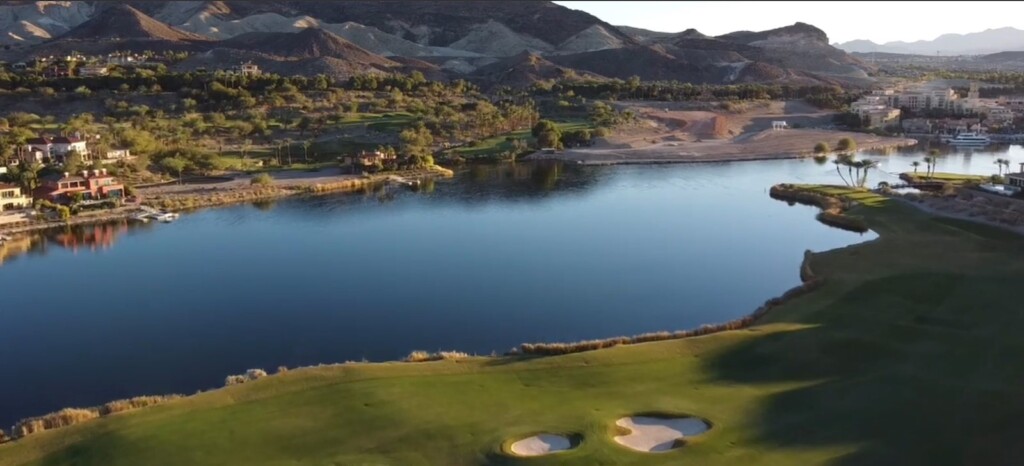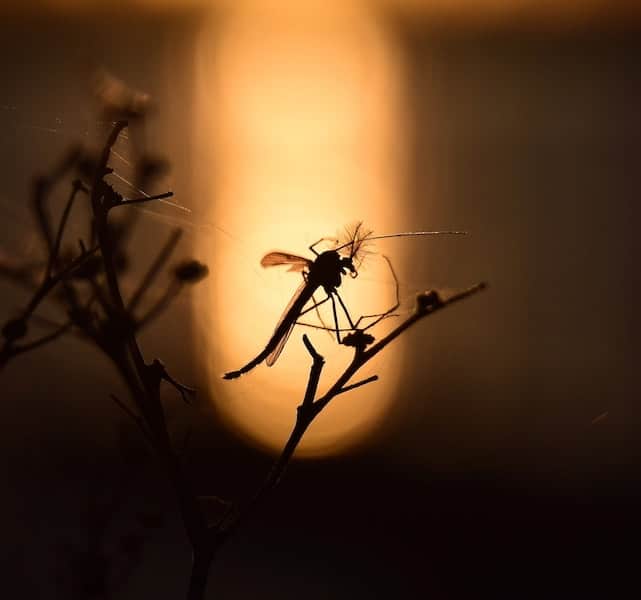
The new planned state prison and Inland Port will place prisoners and employees closer to the extensive wetlands and the mosquitoes they naturally produce.
Attempting to control mosquitoes is likely to create some serious problems. These noxious biting insects are pesky, and they carry a variety of diseases including malaria, West Nile virus, Zika and dog heartworm. They kill far more people and their pets worldwide than COVID-19.
The normal solution is for local mosquito abatement districts to control them by spraying insecticides. These chemicals are usually used closer to urban areas, and not in proximity to the ecologically diverse marshes on the Great Salt Lake. The lake’s wetlands are situated along one of the greatest migratory bird and bat flyways in the world – a true gem in a desert state like Utah.
Most people fail to understand that wetlands also support millions of amphibians, reptiles, fishes, and many non-biting insects. Unfortunately, pesticides don’t just poison one or two species of mosquitoes, and these toxins do not stay where they are deployed.
Insecticides poison all animals that feed upon all those poisoned insects, especially birds and bats that are busy feeding their own young.
Every time something eats anything (dead or alive) that has been poisoned, the concentration of that toxin goes up by about 10 percent. Therefore, by the time poisoned mosquitoes are eaten by young fish that are fed by birds to their young, the toxicity could have increased by 100 percent. If a hawk feeds on those young compromised birds, the toxicity could increase yet another decimal place to be 1,000 times higher. This process of increasing toxicity is referred to as “biomagnification”.
By the time a duck hunter harvests ducks in one of the many duck hunting clubs just north of the prison and port sites, the concentration of toxins in the ducks might have grown so high that they can no longer confidently feed them to their family or friends.
When I questioned our mosquito abatement district about using anything other than poisons to control mosquitoes, I was discouraged by their response.
It seems that the only biological control they were willing to use was to stock exotic guppies (Western mosquito fish) into ephemeral ponds. Because mosquito fish usually only overwinter in warm geothermal springs, they require stocking every year, a process that is neither natural nor practical. Plus, local fisheries biologists despise this aggressive little fish because they also feed on valuable young native fish.
Local biologists know that there are a host of other animals that have spent millions of years adapting to feed naturally on mosquitoes.
There are many native fishes, and especially their young, that have naturally controlled mosquito larvae for millennia, including native Utah chub, Utah sucker, redside shiners, and speckled dace.
Humans have also introduced many exotic fishes to the area, including three species of smaller minnows, four sunfishes, white bass, two species of catfish, and especially common carp, all of which contribute to mosquito control.
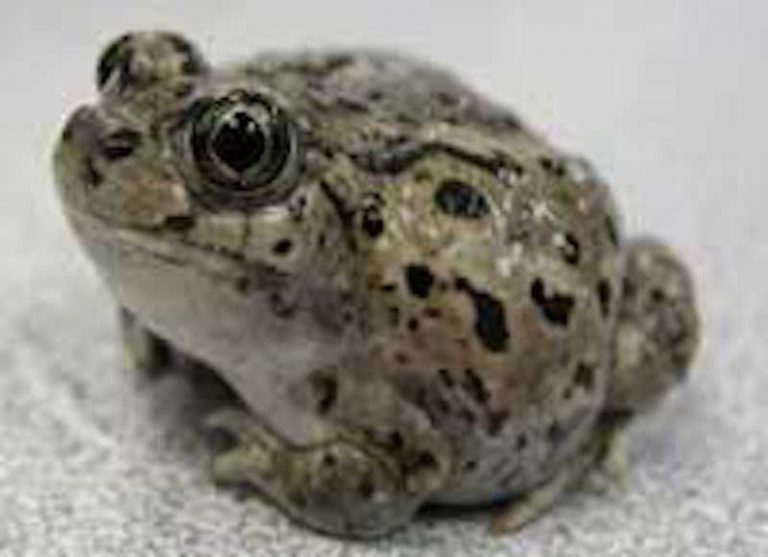
While the larvae of amphibians such as chorus and leopard frogs, and spadefoot, boreal and western toads, do not eat mosquito larvae, their adults have evolved to feed voraciously on adult mosquitoes. Providing these aquatic animals with adequate habitats nearer to people would be beneficial.
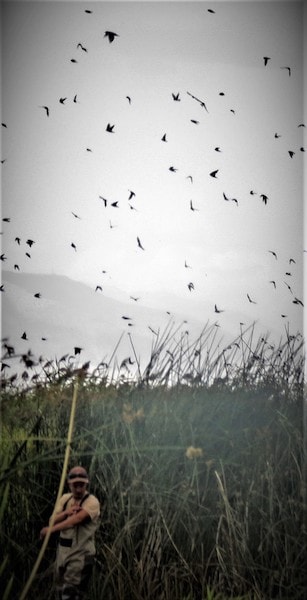
A variety of native migratory neotropical birds such as wading birds, waterfowl, and sparrows, feed heavily on insects and are well-adapted to our area. Other birds, including several species of swallows, a martin, and swifts, feed almost exclusively on smaller flying insects like mosquitoes during daylight hours. The common little brown bat is even more efficient, with colonies catching millions each night using echolocation.
Most of these flying animals are primarily feeding on mosquitoes to feed their young, so promoting habitats and creating places for them to nest should increase their ability to control biting insects, and the addition of martin and bat houses near people is easy and inexpensive.
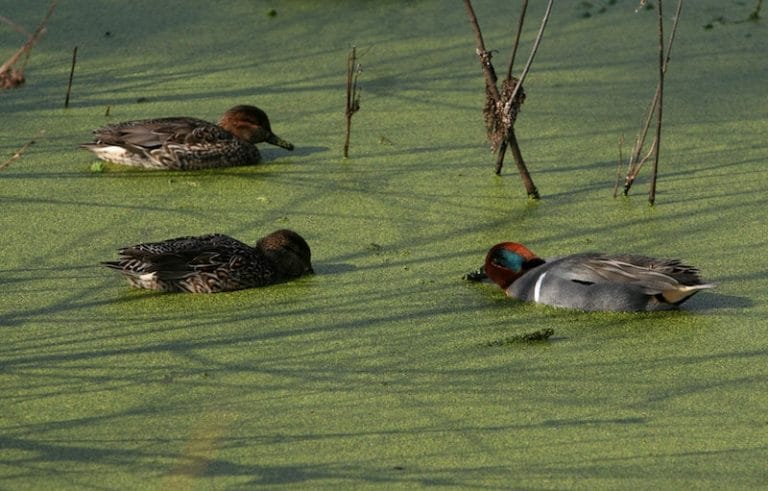
Even plants can be used for mosquito control. Common duckweed that routinely covers the surface of many stagnant lowland waters from late summer through fall not only helps to feed migrating ducks, but also largely prevents mosquito larvae from breathing. Inoculating such shallow waters with this tiny plant is relatively easy.
On the other hand, the invasive, exotic introduced phragmites plant has spread over many years, choking most of Utah’s wetland areas. Unfortunately, this plant’s extensive roots and leaves structurally protect mosquito larvae from being eaten by their natural aquatic predators.
We now have many thousands of acres of this uninvited plant that promotes millions more of these disease-carrying insects, increasing the challenge of controlling them. There have been efforts by agencies and landowners, including those associated with the duck clubs immediately to the north, to spend enormous amounts of time and money attempting to control or eliminate this cane, but with little success.
Our mosquito abatement folks would rather spray artificial poisons than promote any of the more natural solutions, mostly because a poison purchase can show up as a line item in a budget. But how long can the greatest wetland ecosystem in North America tolerate these toxins?
Spraying pesticides anywhere in these new development areas, where all those natural mosquito controllers could otherwise live, endangers both adults and the young of many species, including the humans at the top of the food pyramid.
Every creature on Earth has a job to do, and humans need to stop poisoning the planet for our own comfort. Everyone involved with these new developments can do a much better job of protecting us and nature by working WITH nature to solve our problems with mosquitoes.


